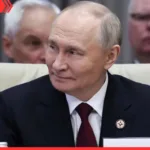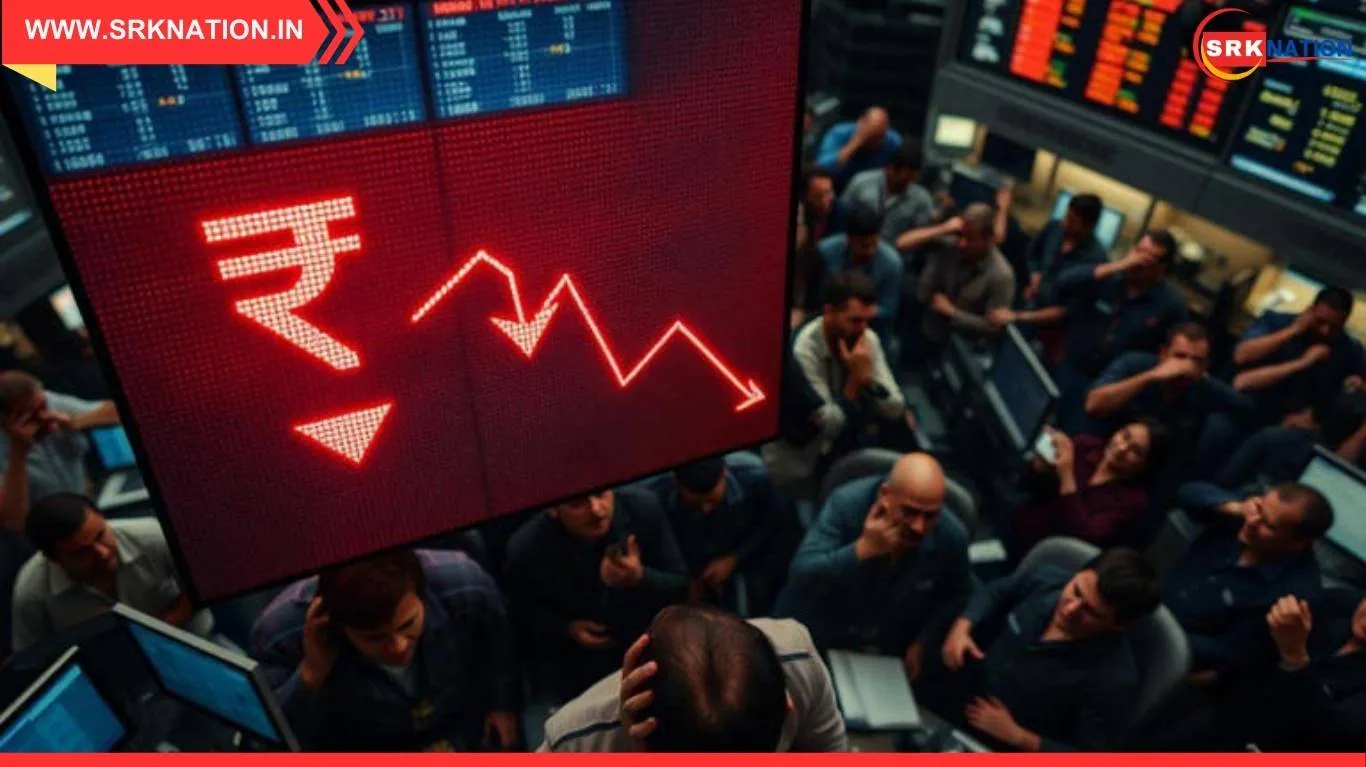India’s crude oil imports from Russia surged to an 11-month high in June 2025, driven by aggressive buying by Indian refiners seeking discounted barrels amid volatile global prices. However, this sharp jump comes at a time when the US Congress is considering a Bill that proposes high tariffs or secondary sanctions on countries continuing robust trade with Russia, creating fresh geopolitical and economic uncertainties for India.
India’s Russian Oil Imports in June 2025
According to trade data from industry shipping trackers and preliminary port assessments:
| Month | Import Volume (million barrels per day) | % Change (MoM) | Share of India’s Total Imports (%) |
|---|---|---|---|
| April 2025 | 1.57 | +3% | 34 |
| May 2025 | 1.63 | +4% | 35 |
| June 2025 | 1.72 | +5.5% | 36.8 |
This is the highest monthly Russian crude import volume since July 2024, when Indian refiners had ramped up purchases following global market turmoil due to OPEC+ output cuts.
Why Are Indian Refiners Buying More Russian Crude?
- Attractive Discounts: Urals and ESPO grades continue to trade at $5-$7 per barrel discounts compared to Brent-linked Middle Eastern supplies.
- Flexible Payment Terms: Russian sellers offer rupee-dirham payment mechanisms routed via UAE banks, ensuring smoother transactions despite western sanctions.
- Strategic Stockpiling: India is increasing refinery runs and strategic reserves ahead of the monsoon slowdown to ensure buffer inventories.
Refinery Wise Russian Crude Import Share (June 2025)
| Refinery Group | Estimated Russian Crude Imports (barrels/day) | Share of Group’s Total Imports (%) |
|---|---|---|
| Indian Oil Corporation (IOC) | 460,000 | 39 |
| Reliance Industries | 350,000 | 34 |
| Bharat Petroleum (BPCL) | 290,000 | 36 |
| Hindustan Petroleum (HPCL) | 210,000 | 32 |
| Nayara Energy | 330,000 | 83 |
| Others | 80,000 | – |
| Total | 1.72 million | 36.8 |
Nayara Energy, partially owned by Russia’s Rosneft, continued sourcing over 80% of its crude from Russian grades, underlining its structural dependence.
US Congress Bill: High Tariffs and Secondary Sanctions
The proposed bipartisan Bill tabled in the US House last week seeks to:
- Impose punitive tariffs or duties on imports from countries that continue substantial trade with Russia
- Target crude oil and energy products specifically
- Expand secondary sanctions coverage, creating potential risks for banks and refiners dealing with Russian-origin crude
Indian Government’s Response
India’s Ministry of External Affairs (MEA) stated:
“Our oil trade decisions are guided by national energy security and consumer interests. We continue to engage all partners to ensure stable and affordable supplies.”
Officials added that India will closely monitor the Bill’s progress before taking any pre-emptive trade adjustments.
Impact on India’s Energy Security and Economy
| Factor | Positive Impact | Negative Risk |
|---|---|---|
| Price Advantage | Lowers import bill by ~$6-7/bbl | Sudden tariff could wipe discount benefits |
| Inflation | Helps control domestic fuel inflation | Tariff-induced cost rise can stoke inflation |
| Rupee Stability | Reduces forex outflow via non-dollar payments | Sanctions risk could disrupt payment channels |
| Refinery Margins | Enhances GRMs due to cheap feedstock | Forced switching to costlier alternatives |
Analysts’ View
Energy analysts warn that any secondary sanctions or tariff imposition could:
- Force Indian refiners to cut Russian imports by 20-30% in short term
- Lead to a spike in OPEC Middle East crude premiums due to sudden demand shift
- Disrupt rupee-dirham payment mechanisms routed via UAE banks, as western banks tighten compliance
S&P Global Commodities stated:
“India faces a delicate balancing act. Russian crude discounts are vital for its refiners’ profitability, but geopolitical risks are rising with every new sanction discussion in Washington.”
Russia’s Share in India’s Crude Basket: Long-Term Trend
| Year | Avg. Daily Imports (mbpd) | % Share of Total Imports |
|---|---|---|
| 2021 | 0.16 | 2 |
| 2022 | 0.95 | 17 |
| 2023 | 1.42 | 29 |
| 2024 | 1.58 | 33 |
| 2025 YTD | 1.66 | 35 |
The data shows a dramatic rise in Russian crude share post-Ukraine war sanctions, highlighting structural dependence shifts in India’s crude sourcing.
Global Oil Market Implications
Brent prices hovered around $83 per barrel on Wednesday, with analysts expecting increased volatility due to:
- Potential reduced Russian crude flows if secondary sanctions tighten
- OPEC+ output policy decisions scheduled in upcoming Vienna meetings
- Peak summer demand in Asia and Europe pushing premiums higher
Indian Refiners’ Possible Strategies
- Diversification: Increase sourcing from Iraq, Saudi Arabia, and UAE to offset Russian risks.
- Long-term Contracts: Secure term deals with African and Latin American suppliers.
- Currency Risk Hedging: Expand payment settlement currencies to reduce dollar exposure volatility.
- Spot vs Term Mix: Rebalance procurement portfolio for flexibility.
Political Reactions in India
Opposition parties criticised the government for creating strategic overdependence on Russian supplies without factoring geopolitical risks. Congress spokesperson Supriya Shrinate said:
“While discounted oil helps, what is the government’s plan if these sanctions hit refiners? They must ensure energy security is not jeopardised by poor diplomatic risk assessment.”
BJP leaders defended the policy, highlighting that discounted Russian oil saved India over $12 billion in 2024 alone, helping reduce fuel inflation and fiscal deficit pressures.
Future Outlook
With the US Presidential elections approaching, Indian policymakers expect geopolitical uncertainties around Russia trade to persist. If the US Bill passes both Houses, India may seek:
- Exemptions for developing nations’ energy security
- Alternative payment structures with Russia via multilateral banking systems
- Increased LNG imports to hedge crude volatility
Conclusion
India’s record-high Russian oil imports in June highlight its pragmatic energy procurement strategy amid global market uncertainties. However, the proposed US Bill imposing high tariffs or secondary sanctions adds a new layer of geopolitical risk that could reshape India’s crude sourcing dynamics, impact domestic inflation, and challenge refiners’ profitability. Balancing energy security, diplomatic ties, and economic stability will remain a critical policy challenge in the coming quarters.
Disclaimer: This report is based on market data, trade analytics, and government statements. It does not constitute investment advice or personal recommendations.











